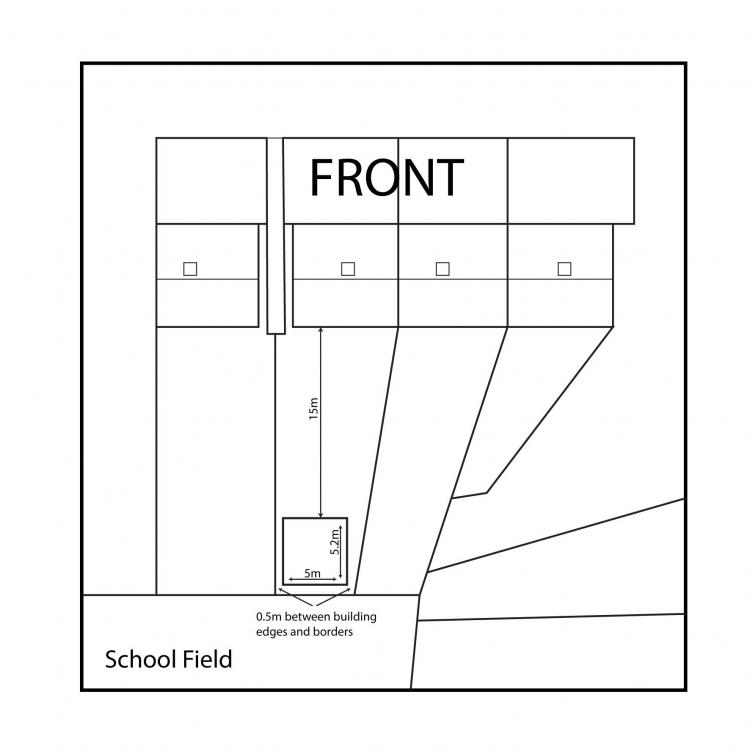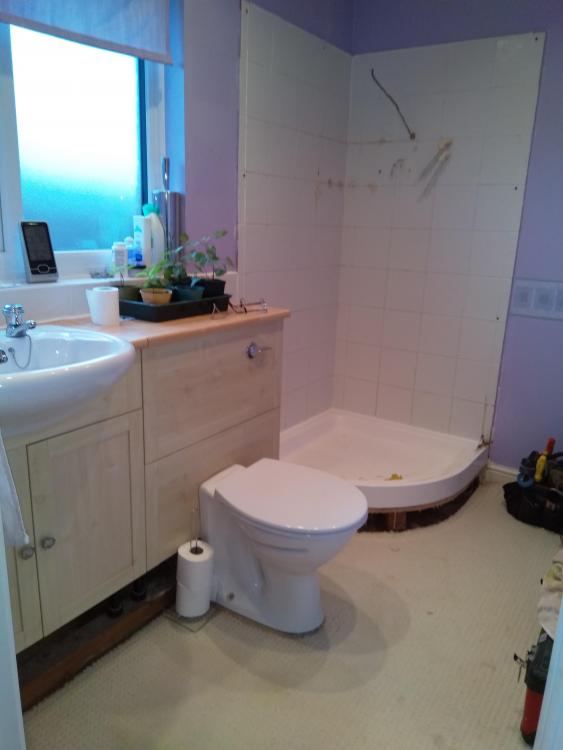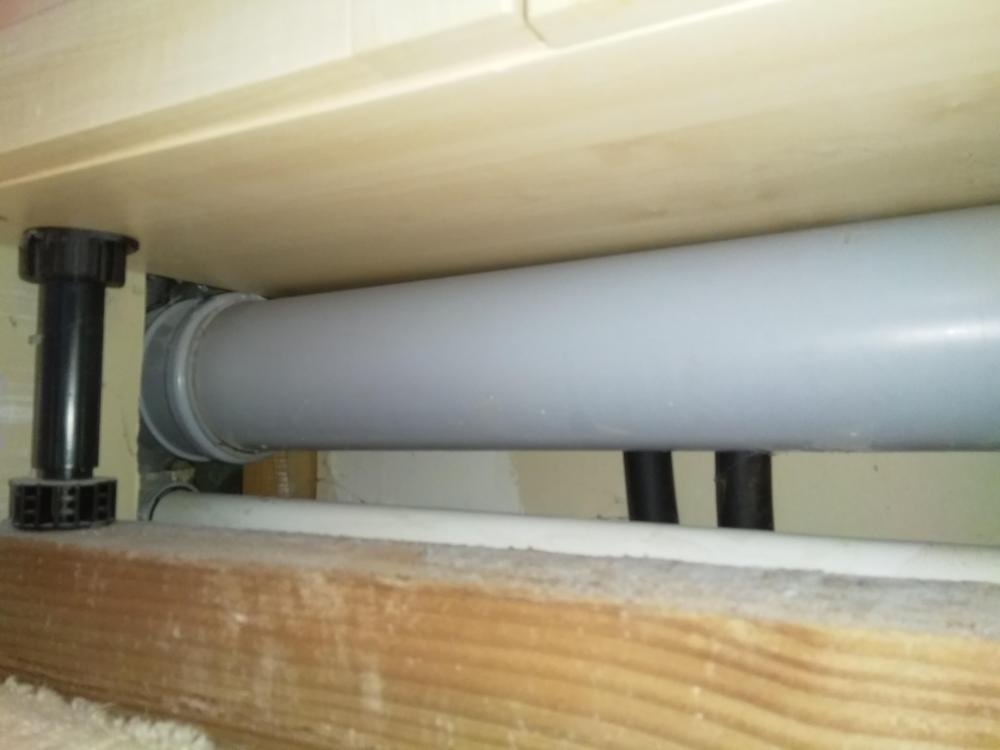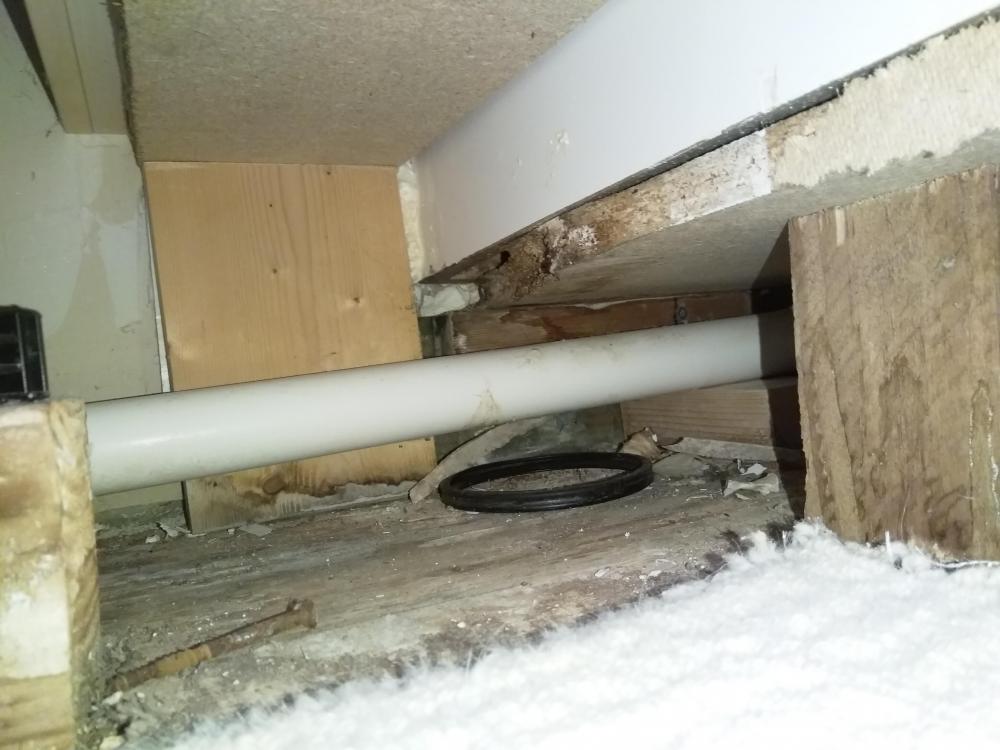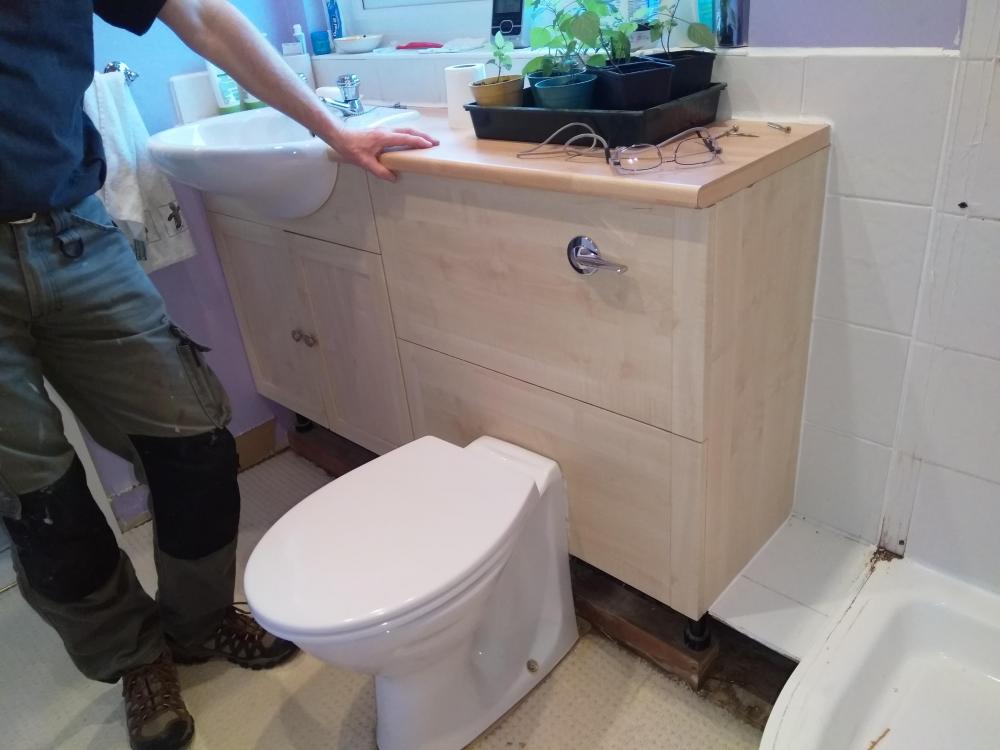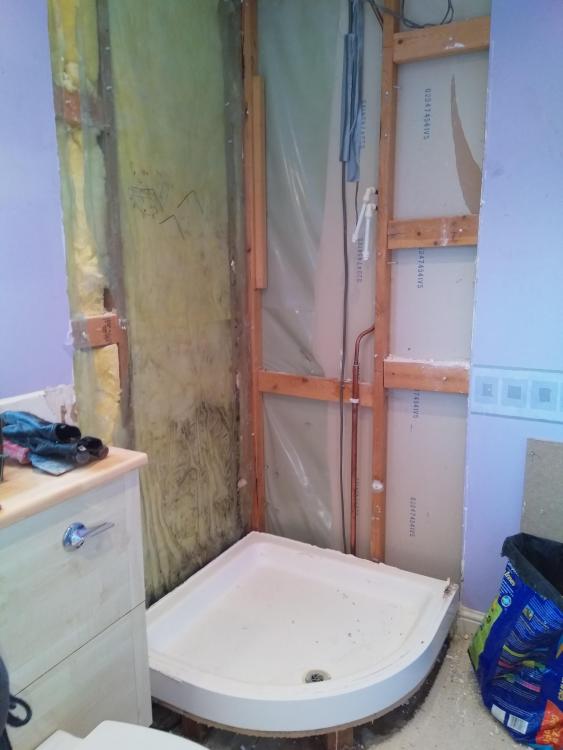Search the Community
Showing results for tags 'height'.
-
Hi there, I’m after a bit of advice re. Loft conversions. We bought our house about five years ago (it was built in around 1900), the loft has been converted into an office and has a full staircase accessed through a door off the master bedroom. The seller had out an indemnity policy in place presumably because the loft didn’t have a building regs certificate. Although I am told the conversion was done over twenty years ago (but I have no evidence of the actual date). We were happy with this at the time as only intended to use the loft for storage/ as an office. However, we now have two children and love our home and the area we live - it is impossible to find a three bedroom house for sale in our village so we now want to convert the attic into a proper room for my toddler daughter. I want to meet the regs for a bedroom with new insulation, new windows, ensuring the floor is up to the right standard to support the weight etc, moving the entry point from our bedroom to create separate access. BUT the headroom is an issue, I have read there needs to be 2.3m but we have nowhere near that, it’s actually about 1.6 from existing floor to top of the arch. Lowering the ceiling/raising the roof is not an option financially at the moment so I guess my questions are: If I got everything else up to the correct standard so I know it is safe etc for my daughter, can I use this is a bedroom but just call it a “loft room” or whatever when we come to sell Would reputable builders / loft conversion companies carry out this work without building regs being met How are building regs assessed for refurbs of old conversions - do I even need to go down this route? Any thoughts on the situation welcome, please be kind and understand I have little knowledge on this, nor am i trying to cut corners - I’m trying to make the room safe, habitable and meet the regulations, I just need to understand the restrictions on head height. Thanks you so much for your time
-
Hi All, Am just planning a Garden Room / Gym which is planned to be 6m x 4m internal. The issue I'm having is that to keep the height within permitted development I'm struggling with keeping the roof make up thin enough. Based on the 4m span from what I understand 2x8 or 2x10 at 400 centres would be fine. However this takes me over the max height limit and I don't really want to drop ceiling height inside. Would using doubled up 2x5 or 2x6 timbers work instead of the bigger timbers? I can't find span tables that show what are basically 4x5 or 4x6 roof joists.
-
Hi Folks, My first post here. I have so far put down an elevated concrete pad (30cm high) and have also built the walls out of solid dense 7.3N concrete blocks.Aas it stands the height of the highest block is 2.73m high including the concrete pad height (front of build). The problem is once the single-pitched roof is on the building height will be roughly 3.10m high. I have since been doing some digging and it seems the building may be too high? I have attached an image below so you can see the plan. I know people who have buildings just as high and some higher! that actually touch the boundaries of their neighbours and have been passed by the local council (Norwich, UK). So I'm confused as to what is ACTUALLY permissible and what's not, given the information online and the contradictory reality. Can somebody help? Also is there anything else I need to think about given the size of the building. Thanks
- 10 replies
-
- planning
- permission
-
(and 8 more)
Tagged with:
-
We have decided its time to update our en-suite and change the quadrant shower for one across the whole of the back wall. when we did the quadrant, you can see that we stood the shower tray on thick ply, sitting on wooden blocks. this was to give sufficient room for the drain, which runs left under the vanity units and into the large pipe which runs down the corner of the bedroom, the other side of the left hand wall. We would like to have the new shower tray on or nearer the floor so there isnt a step. The floor joists run at 90 degrees to to direction the waste would need to go meaning drilling each one with min 32mm hole for the waste, until it gets to the main soil downpipe, having dropped it accordingly. This will also mean having half the floor up. As far as regs go the joists are deep enough (min 0.25 of joist depth) but we would need to come out to 0.25 to 0.4 of the span too which would be awkward Are there any techniques or methods these days which might be easier? this shows the shower drainpipe running into the soil pipe. the large grey one is the soil pipe from the loo. The white drain pipe running from under the shower tray. The plasterboard and tiles removed. they were ordinary plasterboards but we shall do it with proper aquaboards this time. (any recommendations for those too would be appreciated)? You may notice that the vanilty units also sit on 10cm blocks of wood - we like to have a higher than usual sink; is much nicer than the usual height. So - any good ideas that we can try?? thanks, in anticipation.?

